On-Road RC Car Battery Selection Guide
Remote-controlled (RC) cars have evolved significantly over the years, attracting enthusiasts of all ages with their high-speed thrills and competitive racing. Among the various types of RC cars, on-road RC cars are specifically designed for smooth surfaces like asphalt or concrete. This guide provides a comprehensive look at on-road RC cars, their types, applications, and crucially, how to choose the right battery to maximize performance and longevity.
What are On-Road RC Cars?
On-road RC cars are miniature versions of real cars, meticulously designed for running on paved surfaces. They are characterized by their sleek designs, low ground clearance, and smooth tires, which enhance speed and handling on flat surfaces. These cars are ideal for racing and high-speed driving, offering enthusiasts the excitement of competitive racing in a scaled-down format.
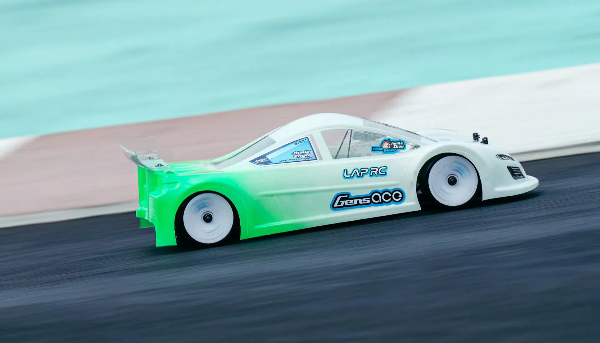
Types of On-Road RC Cars
On-road RC cars come in various styles and configurations, catering to different preferences and skill levels. The main types include:
●Touring Cars: These are the most popular type of on-road RC cars, designed for precision handling and high-speed performance. They often come with adjustable suspension systems and high-grip tires.
●Drift Cars: Designed for controlled sliding around corners, drift cars feature special tires and chassis setups that allow for smooth and continuous drifting.
●Semi Trucks:RC semi trucks are primarily designed for on-road use. They perform best on smooth, flat surfaces like concrete, asphalt, or indoor tracks.
●Rally Cars: Rally cars are versatile and can handle both on-road and off-road environments. They are built to transition smoothly from asphalt to dirt tracks, making them suitable for mixed-surface racing and bashing.
On-Road RC Cars vs. Off-Road RC Cars
While both on-road and off-road RC cars provide thrilling experiences, they are designed for different environments and purposes:
●On-Road RC Cars: These cars are built for speed and precision on smooth, flat surfaces. They have low ground clearance, smooth tires, and aerodynamic bodies to minimize air resistance and maximize speed.
●Off-Road RC Cars: Designed for rugged terrains, off-road RC cars have higher ground clearance, durable suspension systems, and knobby tires to handle dirt, gravel, and rough surfaces. They are built to withstand jumps, bumps, and rough handling.
The choice between on-road and off-road RC cars depends largely on where you plan to drive them and what kind of driving experience you seek.
Purpose of On-Road RC Cars
On-road RC cars are designed to provide a realistic driving experience on smooth, paved surfaces. They are engineered for high-speed performance, precision handling, and detailed scale modeling. The primary purposes of on-road RC cars include:
Racing:
On-road RC cars are predominantly used for racing due to their speed and agility. They are designed to navigate tight turns and long straights on smooth tracks, making them ideal for competitive environments where precision and speed are crucial.
Bashing:
While not as common, some on-road RC cars are used for bashing. Bashing refers to driving RC cars for fun without the competitive aspect, often involving high-speed runs, stunts, and casual driving on streets, parking lots, and other paved surfaces.
Scale Modeling and Collecting:
Many on-road RC cars are designed with detailed, realistic bodies that appeal to collectors and hobbyists interested in scale modeling. These cars often replicate real-world vehicles, providing enthusiasts with an opportunity to enjoy the aesthetics and engineering of their favorite cars in miniature form.
Drifting:
On-road RC cars are also popular for drifting, a sport that involves controlled sliding around corners. Drifting combines elements of racing and bashing, emphasizing style and precision over sheer speed.
How to Choose a Battery for On-Road RC Cars
Choosing the right battery is crucial for maximizing the performance and longevity of your on-road RC car. Here are the key factors to consider:
Battery Type:
●Nickel-Metal Hydride (NiMH): These are beginner-friendly batteries that are safe and easy to use. They offer decent performance and are more affordable but lack the power and longevity of more advanced batteries.
●Lithium-Polymer (LiPo): These batteries are the preferred choice for serious RC enthusiasts due to their high energy density, lighter weight, and ability to deliver higher power. They require careful handling and proper charging to prevent damage and ensure safety.
Voltage and Cell Count:
The voltage of a battery determines the power it can deliver. On-road RC cars typically use 2S (7.4V) to 3S (11.1V) LiPo batteries. Higher voltage batteries can provide more speed but require compatible electronic speed controllers (ESC) and motors.
Capacity (mAh):
The capacity of a battery, measured in milliamp-hours (mAh), indicates how long the battery can last. Higher capacity batteries provide longer run times but are also heavier. Balance is key to maintaining performance without adding unnecessary weight.
●For Racing: Choose a battery with a capacity between 2000mAh and 3000mAh. This range provides a good balance between runtime and weight, ensuring your car remains lightweight and fast. Grepow Redline 1.0 and Redline 2.0 RC battery are ideal for On-Road racing car use.
●For Bashing: Opt for a battery with a capacity between 3000mAh and 5000mAh or higher. This will provide longer runtimes, allowing for extended play sessions without frequent recharging.
Discharge Rate (C-Rating):
The C-rating indicates how quickly a battery can discharge its stored energy. Higher C-ratings provide more power, which is essential for high-speed racing. Ensure your ESC and motor can handle the chosen battery's discharge rate. Higher C-ratings provide more power, which is crucial for high-speed performance. A C-rating of 30C to 60C is common for on-road RC cars.
Size and Fit:
Ensure the battery fits within the designated compartment of your RC car. Different models have specific size requirements, so check the dimensions before purchasing.
Charging and Maintenance:
Invest in a quality charger compatible with your battery type. Proper charging and storage practices are essential to maintain battery health and safety. Avoid overcharging or discharging LiPo batteries to prevent damage.
Conclusion
On-road RC cars offer a thrilling and competitive hobby for enthusiasts of all skill levels. Understanding the different types of on-road RC cars, their applications, and the critical aspects of choosing the right battery will enhance your driving experience and ensure you get the most out of your vehicle. Whether you're racing on a track or bashing in a parking lot, selecting the appropriate rc car battery will provide the power, performance, and longevity needed for your on-road RC adventures. If you have any questions or needs about our button cell batteries, please feel free to contact us at info@grepow.com.
Related Articles:
Buggy vs. Truggy: Exploring the Competitive World of RC Racing
Racing FPV Drone vs Freestyle FPV Drone vs Filming FPV Drone: A Comprehensive Comparison
UAV Drone vs. FPV Drone: What's the Difference?
What Size FPV Drone Should I Get?
What Is a Long Range FPV Drone?
Related Articles
-
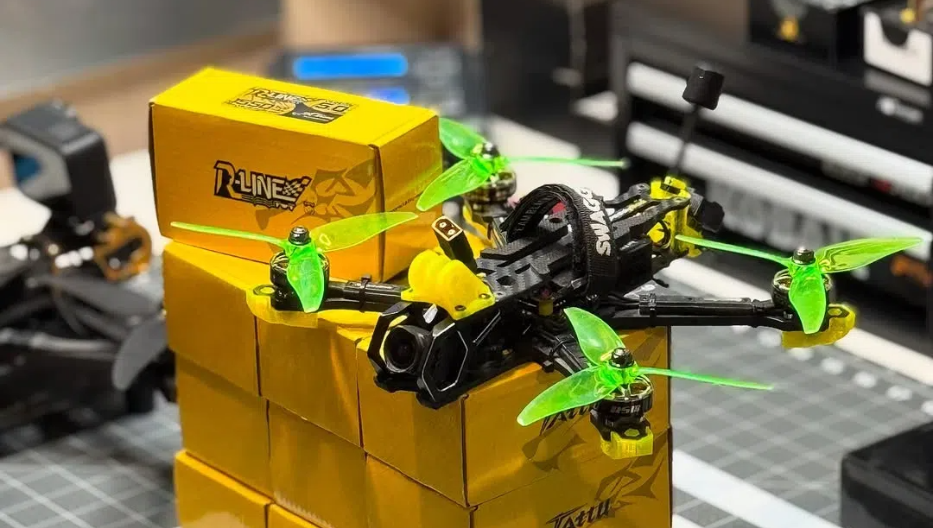
FPV Drone Types: All You Need to Know
2025-03-06 -
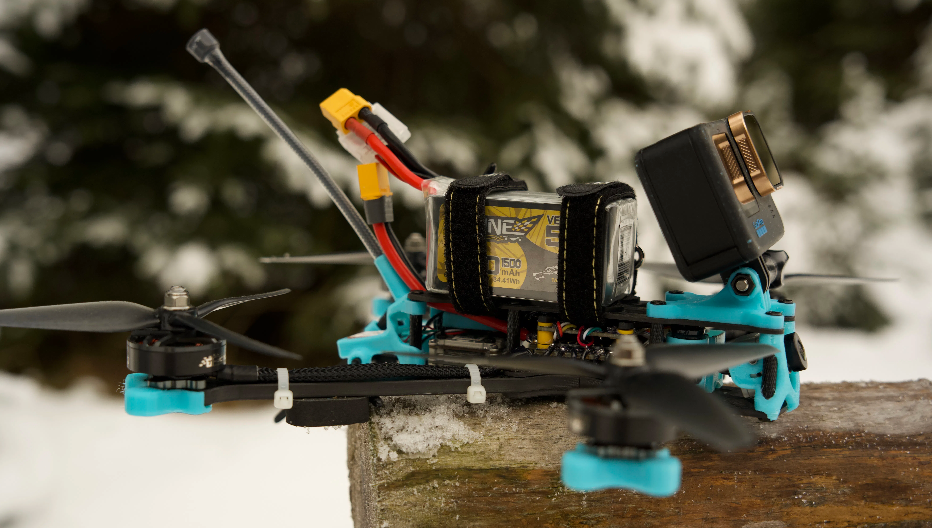
The Ultimate Guide to FPV Battey
2025-02-11 -
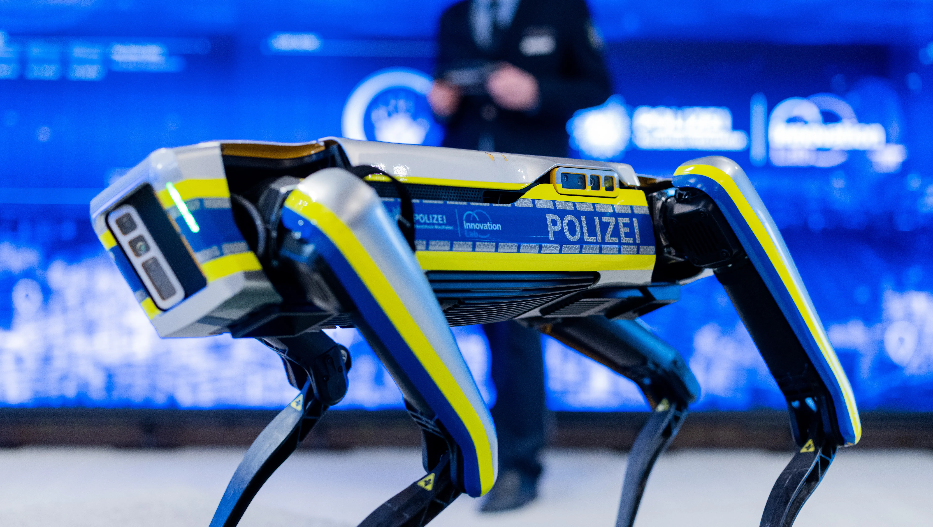
Exploring the Power Behind Quadrupedal Robots: A Deep Dive into Robot Dog Batteries
2025-01-22
Related products
-
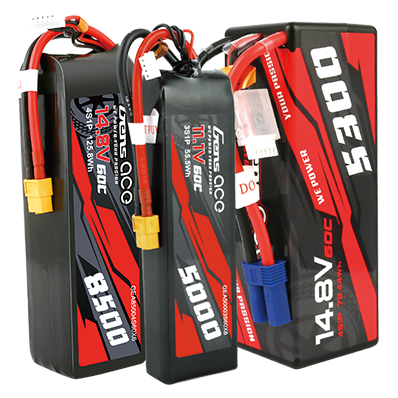
Grepow Gens ace Classic Series RC Car Battery Pack
-
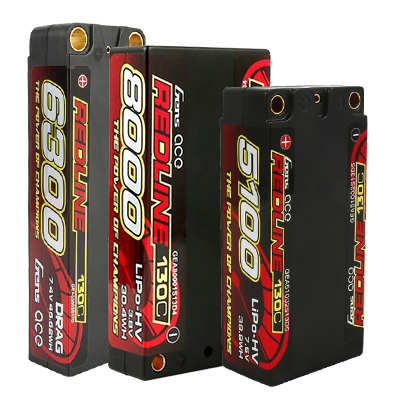
Grepow Gens ace Redline 1.0 Series RC Car Battery Pack
-
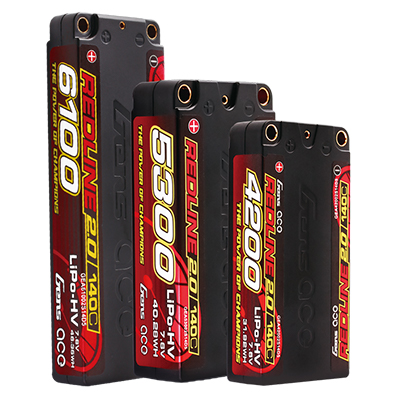
Grepow Gens ace Redline 2.0 Series RC Car Battery Pack

















































